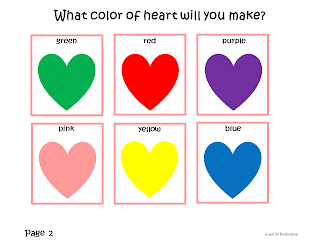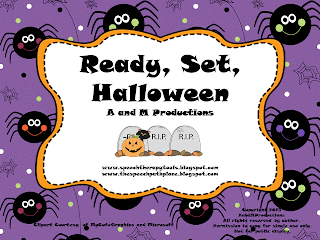In Ready, Set, Winter, I asked Isabella and Dante what they do on a snow day? Yesterday was definitely a snow day across Colorado. What do I do on a snow day? I update my blog!
I posted five new Ready Set products. Allison and I just need to add three more (summer, fall and Thanksgiving) to complete our series.
I also posted links to the four therapy manuals I published with LinguiSystems between 1999 and 2002. We continue to use these products on a regular basis at my clinic. I added tips on how to make the materials in the manuals readily available to busy clinicians. If it's not easy to use, a product no matter how good stays on the shelf.
Speaking of easy, LinguiSystems is a great company for busy clinicians to use to publish their therapy materials. The application process is easy. The staff provides a lot of support with editing. They have their own illustrators. And the company has an incredible market base. I look at Teachers Pay Teachers as a great way to share discrete therapy activities (e.g., a verb tense game). LinguiSytems is better for publishing an in-depth program with multiple steps.
























































